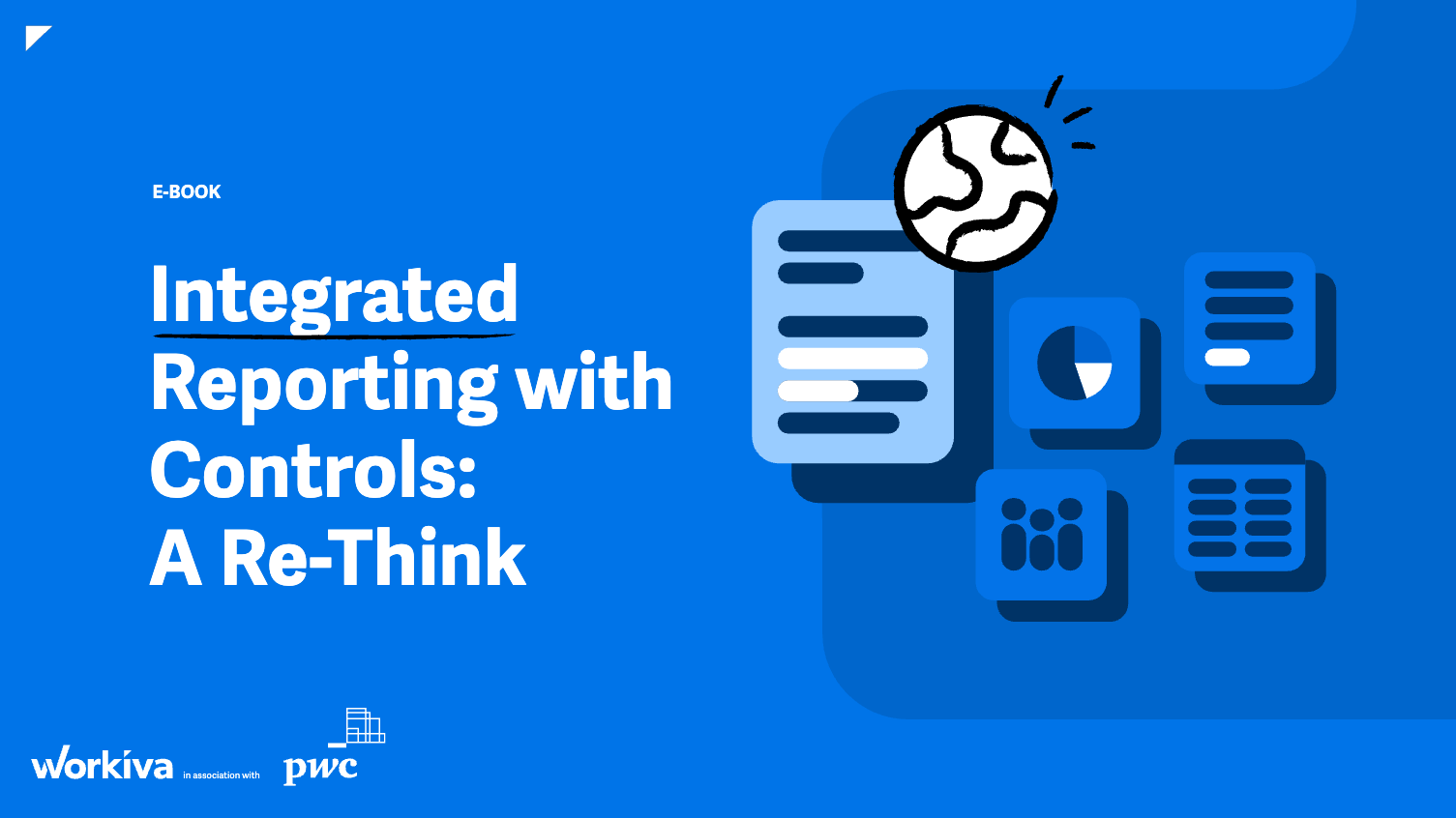The Ultimate Guide to Using a Savings Calculator
Saving money might sound simple, but turning it into a habit that builds long-term wealth requires planning, discipline, and the right tools. Whether you’re building a rainy-day fund, preparing for a big purchase, or striving for financial independence, understanding how to leverage a savings calculator can be your first step toward financial success. This ultimate guide dives into how to effectively use a savings calculator, compare savings accounts, and reach your financial goals faster—smarter.
What is a Savings Calculator?
A savings calculator is a digital tool that helps estimate how much money you can save over a given period, based on specific inputs. These inputs typically include:
- Initial deposit (starting amount)
- Monthly savings (ongoing contributions)
- Time horizon (in months or years)
- Expected interest rate (Annual Percentage Yield or APY)
The calculator factors in compound interest to give you an insight into your potential future savings, breaking it down into total contributions, interest earned, and final amount. It’s a simple, yet powerful way to visualize your financial path.
Why Use a Savings Calculator?
Using a savings calculator offers significant benefits:
- Helps set realistic financial goals
- Shows how much interest you’ll earn over time
- Allows you to test different savings strategies
- Visualizes long-term growth based on consistent savings
For those new to saving, it can serve as motivation. For seasoned savers, it’s a way to optimize and plan better.
Key Definitions to Know Before You Begin
Initial Deposit
This is the amount of money you’re starting with. It can be as little as $50 or as much as $10,000. A higher starting balance can accelerate your savings growth significantly.
Monthly Contribution
This is the amount you intend to save monthly. Even small contributions compound over time. Evaluating your budget can help determine a reasonable amount.
Interest Rate (APY)
This is the annual yield from your savings. The higher the APY, the more interest you earn. Some accounts offer variable APYs, while others, like CDs, often have fixed ones. Check out how compound interest works to understand its long-term impact.
Savings Term
This is the time frame over which your savings will grow. Whether you’re saving for six months or two decades, the longer you stay invested, the more your money will grow due to compounding.
How to Use a Savings Calculator Effectively
To get the most accurate results, follow these steps:
- Input your initial deposit
- Enter your planned monthly contribution
- Specify the number of months or years you plan to save
- Input the expected interest rate (APY)
- Choose the compounding frequency — monthly, quarterly, or annually
Once these details are in place, the calculator will show you:
- Total value at the end of the saving period
- Total amount you’ve contributed
- Interest earned
This breakdown can help you strategize and even motivate you to increase your monthly contributions or extend your saving horizon.
Comparing Savings Account Options
Not all savings accounts are created equal. Understanding the differences helps you choose an account that aligns with your short- and long-term goals.
Traditional Savings Accounts
These are offered at most banks and credit unions. They offer lower APYs but are extremely liquid and safe.
High-Yield Savings Accounts
These accounts offer significantly higher APYs — often several times the national average. They are best suited for emergency funds or short-term savings. Learn how to maximize high-yield accounts.
Certificates of Deposit (CDs)
CDs offer fixed APYs and fixed terms. They’re ideal if you know you won’t need the money for a while. However, withdrawing early often results in penalties.
Money Market Accounts
These are hybrids between savings and checking accounts. They typically have higher APYs than traditional savings accounts and sometimes include check-writing privileges.
Online Banks vs. Traditional Banks
Online banks often offer higher APYs and fewer fees due to lower overhead costs. Comparing institutions to find the best rates is essential.
Understanding the Power of Compound Interest
Compound interest is where your initial deposit and earned interest both generate additional returns. Over time, this effect snowballs.
For example:
- Starting with $1,000 and saving $200 monthly at 4.5% APY for 5 years grows to $14,644.53
- Without monthly contributions, the same $1,000 would only grow to $1,246.18
The key takeaway: regular contributions make a massive difference. The earlier and more consistently you save, the more you’ll benefit from compounding.
Setting and Achieving Your Savings Goals
Goals bring clarity and purpose to your savings habits. Whether you’re saving for an emergency fund, a home down payment, or retirement, having a specific number and timeline helps keep you on track.
Here are steps to effective goal-setting:
- Define Your Goal: Be specific — e.g., $20,000 for a home down payment
- Set a Timeline: Know when you’ll need the money
- Break It Down: Divide the total amount by months to know how much to save each month
- Use Automation: Set up recurring transfers to stay disciplined
- Monitor Progress: Check monthly to evaluate and adjust as needed
Explore helpful tools like the debt payoff calculator to free up more cash for savings.
Automating Your Savings Strategy
One of the easiest ways to ensure you save consistently is to automate it. Most banks allow you to set up automatic transfers from checking to savings. This “pay-yourself-first” approach ensures that saving isn’t an afterthought.
Additional Tips:
- Time transfers with your payroll cycle
- Increase contributions gradually
- Use budgeting methods like the 50/30/20 rule to build a comprehensive plan
Diversifying Where You Save
Consider allocating your savings across multiple account types to balance liquidity, accessibility, and returns:
- Keep emergency funds in high-yield savings accounts
- Short-term goals in money market accounts
- Long-term goals (5+ years) in CDs or low-risk investments
This stratified approach ensures each dollar is working efficiently for you.
The Psychological Wins of Trackable Progress
Seeing your savings grow month over month can be incredibly motivating. Financial tracking not only reinforces discipline but also provides peace of mind. Watching interest accrue or hitting contribution milestones instills a sense of accomplishment.
Use digital tools, spreadsheets, or even apps that help you track progress. Many online savings calculators allow you to visualize growth through graphs and charts, which can be a huge psychological motivator.
Mistakes to Avoid
Even the best tools won’t help if used incorrectly. Here are common pitfalls:
- Underestimating expenses, leaving no room to save
- Using unrealistic APY estimates
- Forgetting to account for fees
- Ignoring inflation’s effect over time
Make sure to check your bank’s fees, and don’t assume your savings will grow infinitely without regular reviews and adjustments.
When to Reevaluate Your Plan
Your financial situation is bound to change — job changes, expenses, or unexpected windfalls can alter your savings game. Revisit your goals and savings plan at least quarterly.
Ask yourself:
- Can I increase my monthly contributions?
- Is my APY still competitive?
- Do I have new financial goals?
- Am I sticking to my timeline?
Regular check-ins ensure you’re always aligned with your financial aspirations.






